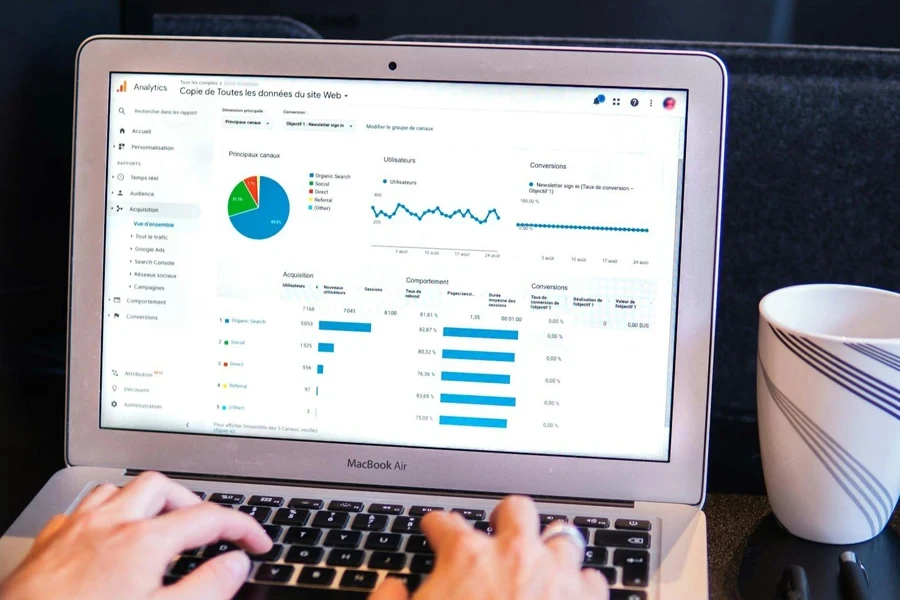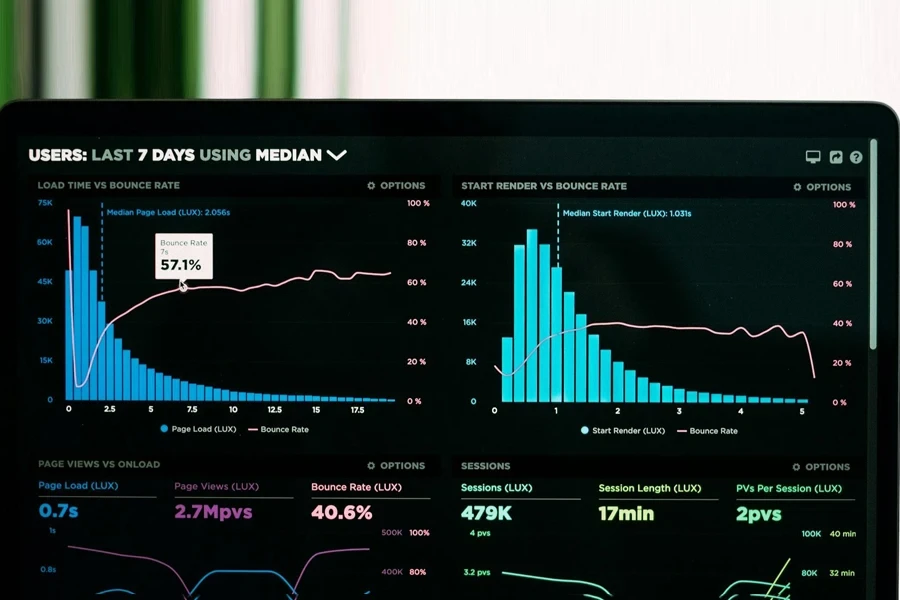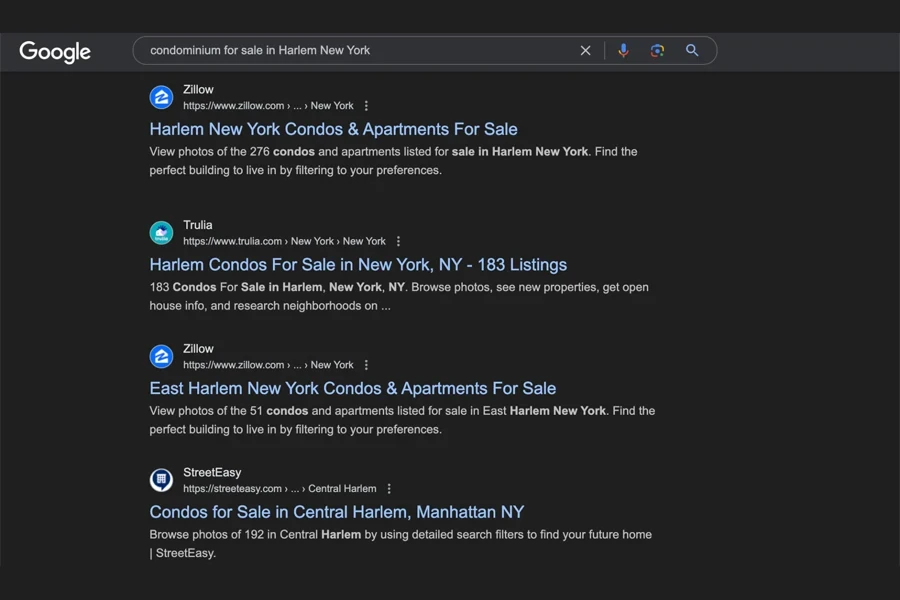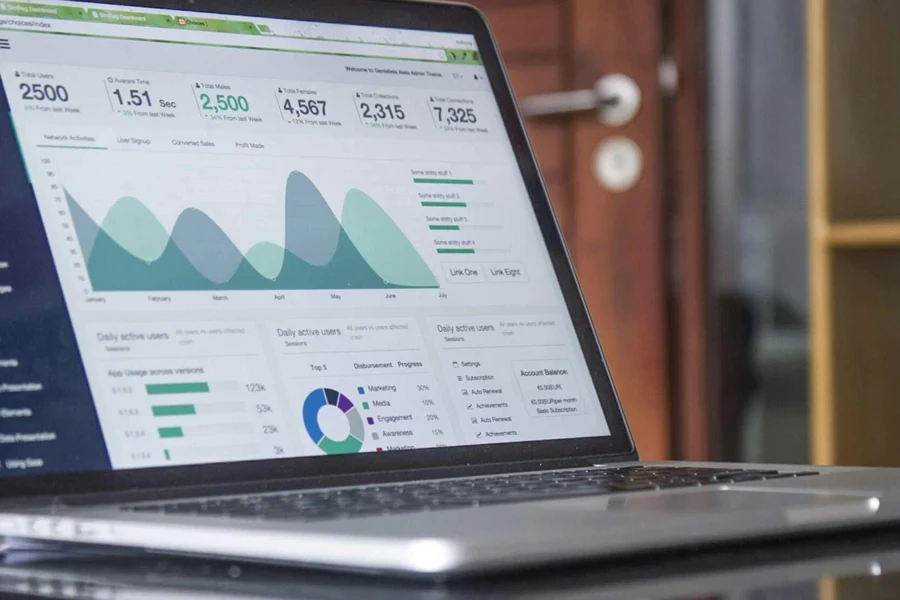A significant proportion of customers find businesses through ads and sponsored posts. But what happens if they visit a website through an online search instead of an ad? That’s what’s called “organic” traffic. While paid advertising can bring quick results, brands also require organic reach to sustain long-term growth.
Unfortunately, generating organic traffic is rarely easy, and businesses often need to work hard to attract organic traffic, especially with the ever-changing search landscape. This article will explore why organic traffic is important and provide helpful tips to help businesses boost their web footprint beyond basic SEO strategies.
Table of Contents
How businesses benefit from organic traffic
9 useful strategies to help increase any website’s organic traffic
How businesses can track their organic traffic
Summary
How businesses benefit from organic traffic

Organic search attracts visitors by matching content with search queries. This long-term strategy requires consistent effort but can generate amazing results over time. Here are some benefits brands can enjoy from organic traffic:
- Cost-effective growth: Organic traffic attracts more visitors without the cost of paid advertisements. For this reason, many businesses see it as a low-cost way to grow.
- Brand awareness: Attracting organic traffic involves boosting rankings for valuable search terms. The results are enhanced brand awareness, visibility, and authority.
- Sustainable results: Organic rankings can provide steady traffic month after month. It’s very different from paid search traffic, which stops the traffic flow when businesses pause their ads.
- Increased revenue: More organic rankings can boost revenue and ROI without reducing profit margins – unlike paid ads.
9 helpful strategies to help increase any website’s organic traffic
1. Focus on content that targets relevant keywords

If a business’s content or website doesn’t appear when related keywords are searched, then they’re operating using ineffective SEO terms. How can businesses fix this problem? One of the best ways is by researching high-volume and commercial keywords that match their products.
While it can be time-consuming, businesses don’t have to do this research manually. They can use tools like Google Keyword Planner to quicken the process. Once brands discover the keywords most relevant to their business and products, they can then add them to their content, such as blog posts and product descriptions.
However, this integration must be natural, otherwise it won’t target search intent and attract qualified leads. It’s recommended that the same approach is used to retroactively update and improve any older content to ensure they match current search trends.
2. Attract high-quality backlinks

Backlinks are an incredible way to make sites more relevant. This involves getting other websites to link to their site, thus strengthening its authority in search results. Despite their effectiveness, businesses can’t just use any backlink to attract organic searches: Backlinks must be from relevant sites (often niche-specific).
If businesses want more authority, they can also focus on establishing secure links from well-established, highly trusted sites. Lastly, backlinks from popular, high-traffic sites can also help boost search ranking.
One great way to get high-quality backlinks is with PR outreach. Businesses can also guest blog on reputable industry blogs and newsletters.
3. Fix any technical website errors

Before Google ranks each site in its search results, its bots must crawl and index it. The “easier” this process, the better rank and visibility Google applies to it. Hence, broken links, crawl errors, and mobile site issues are a surefire way to get a negative ranking.
For this reason, retailers must identify and fix any technical problems to enhance their organic search performance. They must also set up alerts to catch new errors when they occur. Here’s how businesses can fix this issue by using tools like Semrush’s Site Audit tool:
- Start by creating a free account. Most free services allow businesses to check up to 100 pages.
- Navigate to the Site Audit tool and enter the website’s domain. Then, start the audit.
- If a settings window pops up, businesses can configure their audit according to their preferences. Then, click start.
- The tool will provide a helpful overview after the audit. Navigate to the “Issues” tab to check if anything is wrong with the site.
- If there are any issues, most services will offer tips on how to fix them.
4. Keep up with SEO trends

Search engine algorithms continuously change, which is why retailers should stay informed about new SEO elements such as page experience, content depth, and expert authorship to adapt their content strategies and sustain strong organic traffic. It’s recommended that businesses follow industry blogs and podcasts to learn and test new techniques as they arise.
5. Understand search intent

Retailers can also use Google Search Console data to understand search intent for target keywords. By analyzing click-through rates, impressions, and user behavior patterns, businesses can identify the primary intent and interests of users searching for those keywords.
Crafting content that addresses the questions and needs indicated by search queries can improve rankings for terms with high commercial search intent. These search phrases often indicate a strong likelihood that the user is ready to make a purchase.
6. Ensure fast domains and websites

Fast page load times and mobile optimization enhance user experience, which search engines reward. Retailers should compress images, remove unnecessary code, and optimize hosting to reduce bandwidth and provide quick results. Regularly testing site speed and setting performance goals will help businesses maintain rankings.
7. Enhance on-page SEO
Beyond creating and posting content, businesses must also optimize their web pages to attract more organic traffic. For on-page SEO, businesses must focus on optimizing their web pages. They need this to ensure their content matches the user’s intent behind keywords, pushing search engines to give them high visibility. Here’s what they can do for on-page SEO:
- Page titles: For the best results, titles should be concise and use primary keywords
- URL structure: Content URLs should be short, easily understandable, and keyword-rich, so search engines rank them high
- Headings: All content headings must always have relevant keywords.
- Content: Ensure the content is not lacking. High-quality content with naturally added keywords will always improve page rankings.
8. Don’t forget long-tail keywords

Creating high-quality content is not the end of the fight for organic traffic. Businesses can also utilize long-tail keywords to attract more organic views. That’s because search result rankings often reward the use of specific long-tail phrases that have less competition than highly competitive short phrases.
Long-tail keywords are usually phrases that contain up to four words, like “top restaurants near me” or “best products for dogs.” Long-tail keywords can also help businesses create engaging content titles and increase rankings. Brands can use tools like the Ahrefs free keyword generator to help with research.
9. Create YouTube videos

Businesses shouldn’t end their organic content strategy simply by creating helpful posts for their website. Branching out into different formats, like YouTube videos, can help to attract new audiences and keep them engaged.
Better yet, uploading videos online is an amazing way to show customers how the product or service works. This strategy provides brands with visual proof of their quality and success and may motivate customers to visit a retailer’s website organically. It’s also a great way to answer questions about the business that potential customers may have.
How businesses can track their organic traffic

Before increasing organic traffic, businesses should learn to track it using web analytics tools like Google Analytics or Semrush. Analyzing data in these tools can reveal ways to boost search traffic.
Here’s how to find organic traffic in Google Analytics:
1. Log into Google Analytics and go to Acquisition > All Traffic > Channels
2. Under Organic Search, view metrics such as users, new users, sessions, and bounce rate
3. For keyword details, navigate to Acquisition > Search Console > Queries to see which keywords drive traffic
Here’s how to find organic traffic in Semrush:
1. Enter the domain in the Semrush search bar and select “Organic Research” on the domain overview page
2. On the “Organic Research” page, go to the “Positions” tab to view organic traffic and keyword rankings, filtering by keyword, location, or device
3. Click on any keyword to see the full search engine results page (SERP) analysis and scroll to the search traffic section for estimated monthly organic traffic
Conclusion
While this guide does not cover every method for driving organic traffic to a website, the tips provided are a robust way for any business to start to develop a successful strategy. Techniques such as guest posting, creating videos, and social media marketing require time and effort before results become apparent. New website owners may not see quick outcomes, but consistent and high-quality efforts will eventually generate organic traffic.
For more tips on how to fine-tune your SEO and content, make sure to subscribe to Alibaba.com Reads.



